Intro
Discover what an electrocardiogram (ECG) is, a non-invasive heart test using electrodes to record cardiac rhythms, detecting arrhythmias, and monitoring cardiovascular health through electrocardiography.
An electrocardiogram, also known as an ECG or EKG, is a medical test that measures the electrical activity of the heart. This non-invasive procedure is used to diagnose and monitor various heart conditions, such as arrhythmias, coronary artery disease, and heart valve problems. The importance of an electrocardiogram lies in its ability to provide valuable information about the heart's functioning, enabling healthcare professionals to make accurate diagnoses and develop effective treatment plans. With the increasing prevalence of heart diseases, the role of electrocardiograms in preventive care and early detection has become more significant than ever.
The electrocardiogram has been a cornerstone of cardiology for decades, and its applications continue to expand with advancements in technology. The test is simple, painless, and relatively quick, making it an essential tool for healthcare providers. By analyzing the electrical signals produced by the heart, an electrocardiogram can reveal critical information about the heart's rhythm, rate, and overall function. This information can be used to identify potential problems, monitor the effectiveness of treatments, and improve patient outcomes. As the field of cardiology continues to evolve, the electrocardiogram remains an indispensable diagnostic tool, offering a unique window into the heart's electrical activity.
The widespread use of electrocardiograms in medical settings is a testament to their value in patient care. From primary care physicians to cardiologists, healthcare professionals rely on electrocardiograms to gather vital information about the heart's functioning. The test is often used in conjunction with other diagnostic tools, such as echocardiograms and stress tests, to provide a comprehensive understanding of the heart's condition. By combining the results of these tests, healthcare providers can develop targeted treatment plans, reducing the risk of complications and improving patient outcomes. As the demand for electrocardiograms continues to grow, it is essential to understand the benefits, working mechanisms, and applications of this vital diagnostic tool.
What Is An Electrocardiogram?
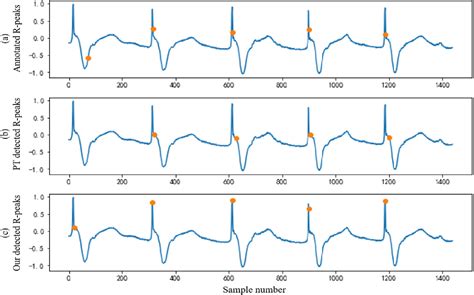
How Does An Electrocardiogram Work?
The electrocardiogram works by detecting the electrical signals produced by the heart's natural pacemaker, the sinoatrial node. These signals are transmitted through the heart, causing the muscle cells to contract and relax in a coordinated manner. The electrodes placed on the skin detect these electrical signals, which are then amplified and recorded by the electrocardiogram machine. The resulting graph, known as an electrocardiogram tracing, displays the heart's electrical activity over time, allowing healthcare professionals to analyze the heart's rhythm, rate, and function.Benefits Of An Electrocardiogram
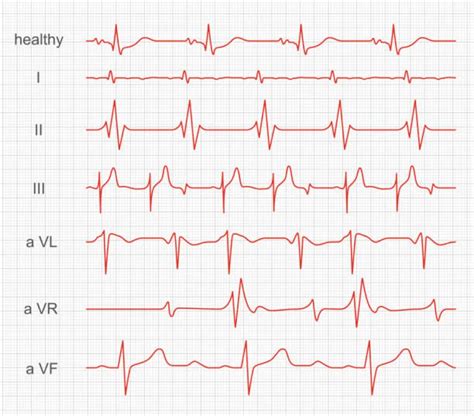
Applications Of An Electrocardiogram
The applications of an electrocardiogram are diverse, ranging from diagnostic testing to monitoring and preventive care. Some of the key applications include: * Diagnosing and monitoring arrhythmias, such as atrial fibrillation and ventricular tachycardia * Detecting coronary artery disease and monitoring its progression * Evaluating the effectiveness of treatments, such as medications and pacemakers * Providing a baseline measurement of the heart's electrical activity for future comparisons * Monitoring patients with heart valve problems or other structural heart defectsHow To Prepare For An Electrocardiogram
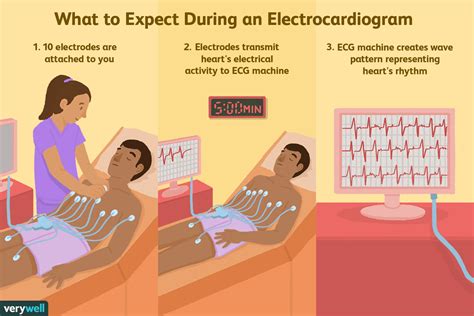
What To Expect During An Electrocardiogram
During an electrocardiogram, you can expect the following: * The test will be performed in a quiet, comfortable room * You will be asked to lie down on a table or sit in a chair * Electrodes will be placed on your skin, typically on the chest, arms, and legs * The electrodes will be connected to the electrocardiogram machine * The machine will record your heart's electrical activity over a period of time, usually 5-10 minutes * You may be asked to hold your breath or remain still during the testInterpreting Electrocardiogram Results
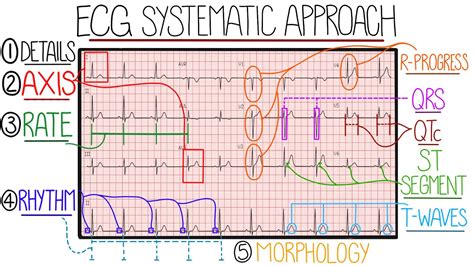
Common Abnormalities On An Electrocardiogram
Some common abnormalities that may be detected on an electrocardiogram include: * Arrhythmias, such as atrial fibrillation or ventricular tachycardia * Conduction disorders, such as bundle branch blocks or atrioventricular blocks * Myocardial infarction, or heart attack * Cardiomyopathy, or disease of the heart muscle * Pericarditis, or inflammation of the heart sacLimitations And Risks Of An Electrocardiogram
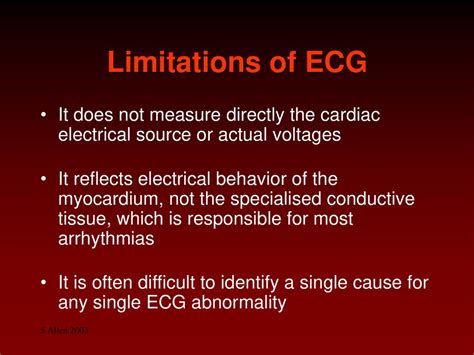
Alternatives To An Electrocardiogram
In some cases, alternative diagnostic tests may be used instead of or in conjunction with an electrocardiogram. Some of these alternatives include: * Echocardiogram, which uses ultrasound to visualize the heart * Stress test, which measures the heart's response to physical activity * Holter monitor, which records the heart's electrical activity over an extended period * Cardiac catheterization, which involves inserting a catheter into the heart to measure pressure and flowConclusion And Future Directions
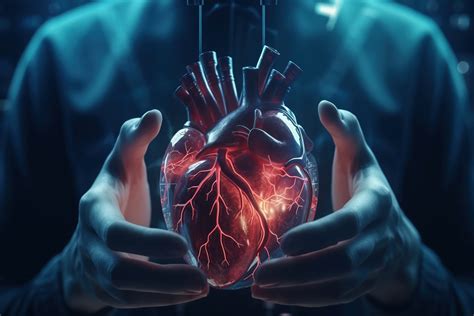
We invite you to share your thoughts and experiences with electrocardiograms in the comments section below. Have you had an electrocardiogram before? What was your experience like? Do you have any questions or concerns about the test? Share your story and help others understand the importance of electrocardiograms in maintaining heart health.
What is an electrocardiogram used for?
+An electrocardiogram is used to diagnose and monitor various heart conditions, such as arrhythmias, coronary artery disease, and heart valve problems.
How long does an electrocardiogram take?
+An electrocardiogram typically takes 5-10 minutes to complete.
Are there any risks associated with an electrocardiogram?
+There are minimal risks associated with an electrocardiogram, including skin irritation or allergic reactions to the electrodes.
Can I exercise before an electrocardiogram?
+No, it is recommended to avoid exercising or engaging in strenuous activities before an electrocardiogram.
How often should I have an electrocardiogram?
+The frequency of electrocardiograms depends on individual factors, such as age, medical history, and heart health. Consult with your healthcare provider to determine the best schedule for you.
